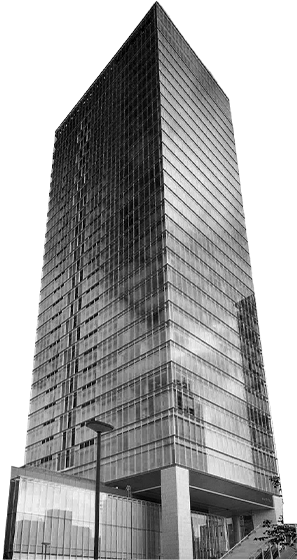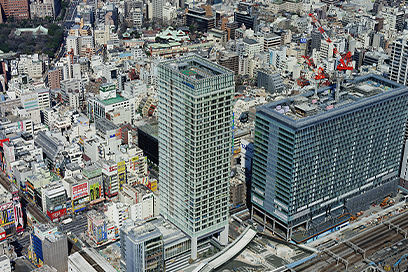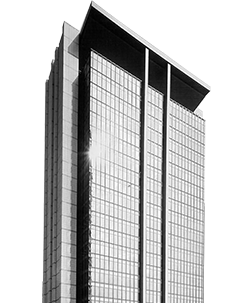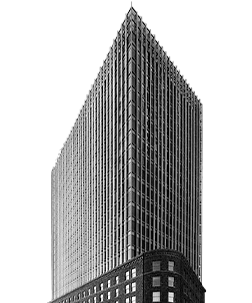 08
2005
08
2005
Tokyo
The Akihabara Daibiru Building
Helping to Make Akihabara a Global Tech Hub
The Completion of the Akihabara Daibiru Building, Which Attracted Great Interest
The Daibiru-operated Akihabara Daibiru Building, which was part of the Akihabara Crossfield complex that aimed to become a tech hub, was completed in March 2005. When it opened, it boasted a number of suitable companies, universities, and organizations as tenants. Floors 6 through 15 were occupied by institutions with the capability for industry-academic collaboration: University of Tokyo, University of Tsukuba, Tokyo Metropolitan University, Meiji University, Tokyo Denki University, and Tokushima University, as well as Digital Hollywood University, which was the first university in Japan to be established by a joint-stock corporation created in defiance of conventional thinking with the intention of constantly creating new things in the information domain. Floors 16 through 30 were occupied by Hitachi, Ltd., and other tenants included the National Institute of Advanced Industrial Science and Technology (AIST), the National Institute of Information and Communications Technology (NICT), the Japan Patent Attorneys Association, and the City of Tsukuba.
The opening ceremony was attended not only by project members from Daibiru, NTT Urban Development Corporation and Kajima Corporation but also Tokyo Governor Shintaro Ishihara, Chief Cabinet Secretary Hiroyuki Hosoda, and Yasufumi Tanahashi, the minister of state for science and technology policy and information technology. They expressed their high expectations for Akihabara Crossfield. Governor Ishihara gave a speech, saying, “I would like to concentrate tech industry infrastructure in world-famous Akihabara and make it a catalyst for the success of the tech industry in Tokyo and, of course, Japan.”
In April 2005, the Akiba Techno Club was established as a platform that aimed to “create and revitalize industry through advanced IT-based technology.” Its members included universities, companies, and independent organizations occupying the industry-academia collaboration floor of Akihabara Daibiru Building as tenants. The Club’s purpose was to provide support for a wide range of industry-academia collaboration not only in the field of information-based manufacturing but also in sociology, urban development, and lifestyle and culture.
-
1927 1931 Hibiya Daibiru Buildings
No. 1 and No. 2 -
2007 International Operations
-
- An Unexpected Discovery of a Good Property
- Mutual Trust and a Long-Term Perspective as Points of Agreement
- The Acquisition of a Property in Hanoi Through Unity of Philosophy
- Implementing Daibiru Quality Through Building Renovations
- Challenges in Australia, Our Second Overseas Expansion Target
- The Discovery of 275 George Street
- Difficult Contract Negotiations with JHG
- Overcoming Several Unexpected Difficulties
-




